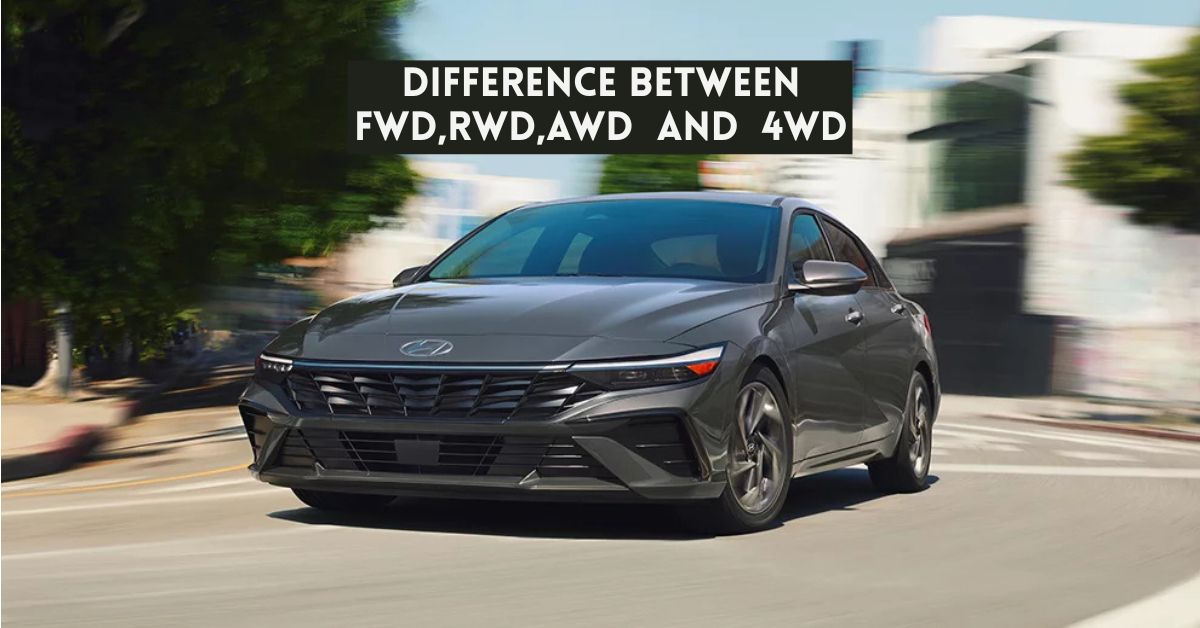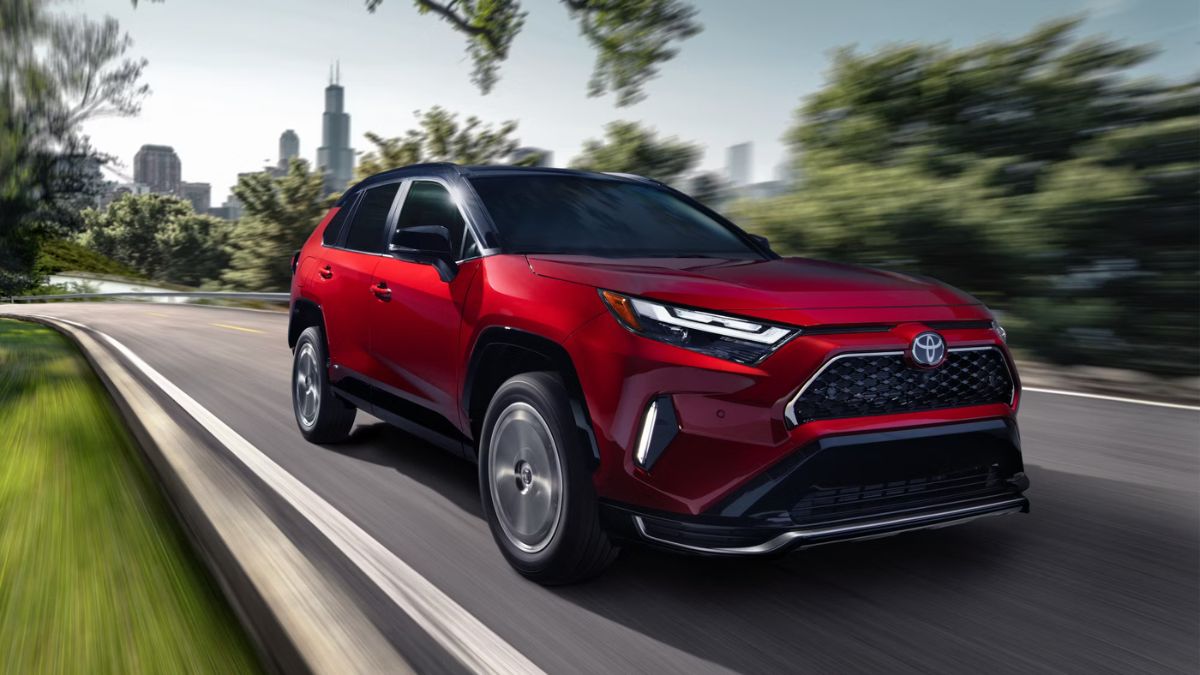What is the difference between FWD, RWD, AWD, and 4WD? Simply put, it’s about how power from the engine is sent to the wheels. Each system works differently and affects how a car drives, how much fuel it uses, and how well it handles different road conditions. Knowing the differences can help you pick the right vehicle for your lifestyle and driving needs.
Understanding Front-Wheel Drive (FWD)
In a front-wheel drive (FWD) system, the engine powers only the front wheels. These wheels handle both steering and moving the car forward. The engine is usually placed sideways in the car, and its power is sent through a combined transmission and differential unit called a transaxle. From there, it goes straight to the front wheels using drive shafts.
Pros and Cons of Front-Wheel Drive (FWD)
- Pros: FWD vehicles are generally more fuel-efficient because the drivetrain components are compact and located at one end of the car, reducing energy losses. They also offer excellent traction in slippery conditions like rain or light snow, as the weight of the engine is over the drive wheels, pushing them down for better grip. FWD designs typically allow for more interior cabin space due to the absence of a driveshaft running to the rear. They are generally simpler and less expensive to manufacture.
- Cons: Higher-powered FWD vehicles can experience “torque steer,” where the steering wheel pulls to one side during hard acceleration. The front tires also have to handle both steering and propulsion, which can lead to faster wear and potentially less precise steering feel in very aggressive driving.
Understanding Rear-Wheel Drive (RWD)
Rear-wheel drive (RWD) systems send engine power only to the back wheels. The engine is usually placed front-to-back, and a driveshaft carries power to the rear wheels through a differential.
Pros and Cons of Rear-Wheel Drive (RWD)
- Pros: RWD cars often have better weight balance, which helps with handling—especially in sporty or performance vehicles. The front wheels handle the steering, while the rear wheels push the car forward, giving a more connected feel when driving. During strong acceleration, the weight shifts to the rear, improving traction. Some RWD cars also have a tighter turning radius.
- Cons: RWD systems can use more fuel because they have extra parts like the driveshaft and rear differential. They’re also not as good in slippery conditions like snow or ice, since the front wheels don’t have the engine’s weight pressing them down for grip. Inside, the driveshaft can take up space, reducing room in the cabin.
Understanding All-Wheel Drive (AWD)
All-wheel drive (AWD) sends power to all four wheels at the same time. Unlike 4WD, AWD systems are usually always on or kick in automatically when the car senses slipping—no need for the driver to do anything. They use a center differential to let the front and rear wheels turn at different speeds, which is important for safe driving on regular roads.
Pros and Cons of All-Wheel Drive (AWD)
- Pros: AWD gives great traction and control in all kinds of weather—rain, snow, or even light off-road trails. It helps with quicker acceleration and better stability when turning, especially on wet or slippery roads.
- Cons: AWD adds extra weight and parts, which can lower fuel efficiency compared to FWD or RWD. These systems also cost more to buy and maintain. And while they can handle rough roads, they’re not built for serious off-roading where low-range gears are needed.
Understanding Four-Wheel Drive (4WD or 4×4)
Four-wheel drive (4WD) systems are built for tough off-road use. Unlike AWD, most 4WD systems need to be turned on manually by the driver. Many also have a “low-range” mode, which gives extra power at low speeds—great for climbing steep hills or handling rough terrain. When 4WD is turned on, especially in low-range or without a center differential, the front and rear wheels spin at the same speed. That’s why you shouldn’t use 4WD on dry roads—it can damage the drivetrain.
Pros and Cons of Four-Wheel Drive (4WD or 4×4)
- Pros: 4WD gives the best traction for serious off-roading, like rock crawling, deep mud, or steep slopes. Low-range mode adds powerful torque for getting through tough spots.
- Cons: 4WD systems are heavier, more complex, and use more fuel than FWD or RWD. They’re not meant for daily driving on dry roads, and using them that way can cause damage. These vehicles may also ride more roughly and handle less smoothly on pavement than AWD models.
Which Drivetrain Is Right for You?
In simple terms, FWD and RWD are best for regular road use—FWD gives better fuel efficiency, while RWD offers a more balanced, performance-focused drive. AWD is great if you want better grip in all weather without going off-road. 4WD is built for serious off-road adventures, where you need strong traction and power at low speeds. Choosing the right one depends on what matters most to you: fuel savings, smooth handling, all-weather safety, or rugged off-road capability





